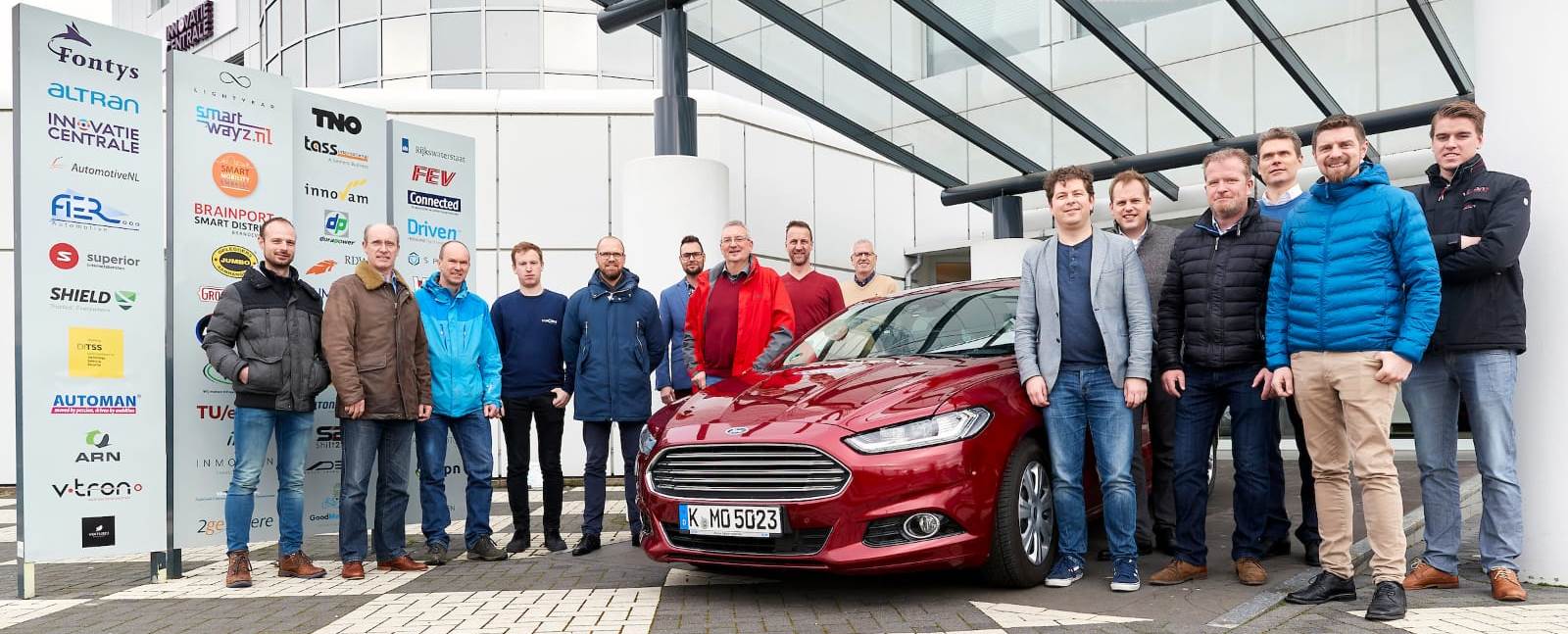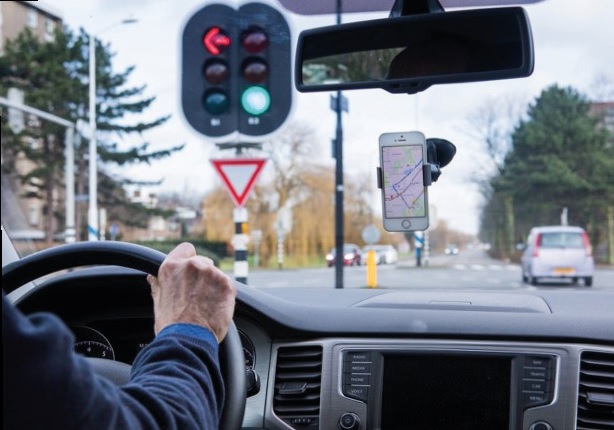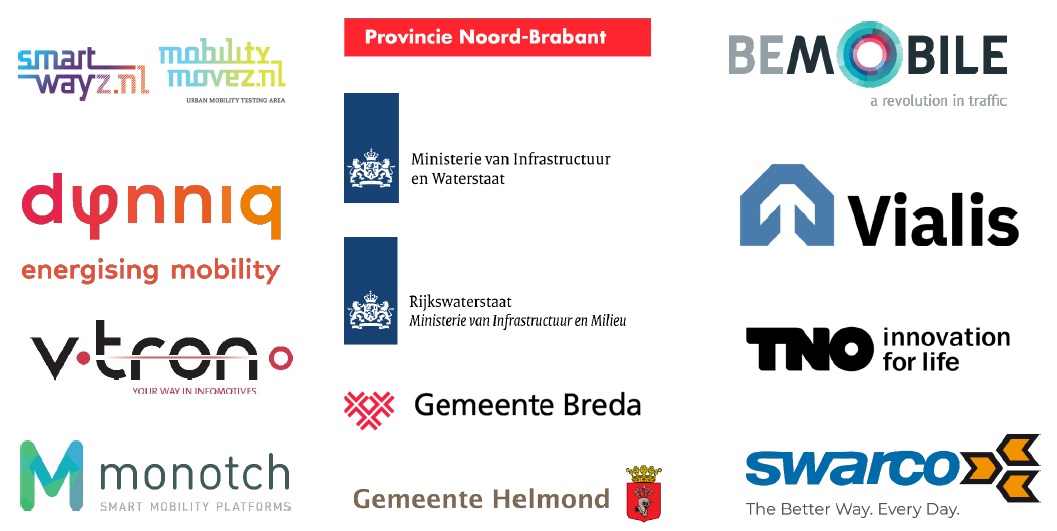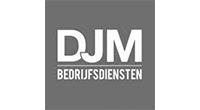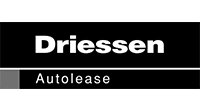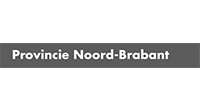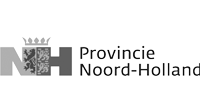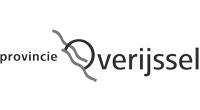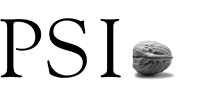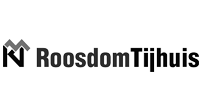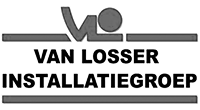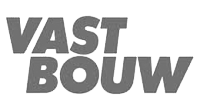Objective of MMZ-GLOSA
GLOSA (Green Light Optimal Speed Advice) from MobilityMoveZ provides speed advice when passing intelligent traffic control systems (iVRI). It is an important tool for traffic management and contributes to liveability and accessibility in urban environments.
The technology for GLOSA has been around for quite some time and has been demonstrated and evaluated several times in pilot projects. In Intercor and Concorda, among others, it has become apparent that data on green and red times from the iVRIs are readily available to service providers in the Netherlands. Due to the high degree of adaptability of intersection control systems in the Netherlands, information about scheduled red and green times is adjusted almost continuously, making the data unreliable for speed advice and therefore unusable for service providers and OEMs.
This pilot project investigated how GLOSA can be made sufficiently usable for service providers and OEMs. A properly functioning GLOSA reduces deceleration and acceleration, thereby contributing significantly to CO2 and NOx reduction.
The results of the project are described below. For insight into the complete results, download the report.
Project approach
In this project, V-tron used the Hybrid Onboard Unit to receive messages sent from the iVRI via ITS-G5 and cellular communication. These messages are received in the vehicle and translated into advice for the driver. V-tron was also given the opportunity to improve the GLOSA algorithms in the vehicle and calculate more reliable data advice. During the pilot days, the improved GLOSA was tested in Helmond and Breda with 10 test vehicles.
The scope of GLOSA is still often limited today. Service providers also indicate that the data is unusable for driving task support.
Many traffic control systems change the green and red phases as soon as they detect new traffic.
Reliable? No, useful! The indication is still being adjusted, but respects the specified minimum and maximum end times and provides reasonable predictability.
Usability is measured by the ability of service providers to provide driving task-supporting speed advice.
Contact V-tron:
Results achieved
This project has achieved and disseminated the following points, among others, from the iVRI to make GLOSA usable for driving task support and traffic management:
- Speed profile based on a reservation;
- Queue information in the SPAT message (Signal Phase and Timing);
- Application of large MAP messages, creating a GLOSA-enabled corridor;
- Phase times are made available (only during the red phase) based on reservation;
- Used flashing light information from the CAM message to determine the direction of the vehicle.
The project has thus demonstrated that the GLOSA-enabled corridor can be carefully selected to ensure that the application of MVP-GLOSA does not have any adverse traffic effects.
The results on Deurneseweg in Helmond show that approximately 90% of test vehicles receive speed advice, 70% of which can pass the intersection without varying their speed. This result exceeds the set targets.
Challenges
The application of the “GLOSA-enabled corridor” concept makes it possible to use GLOSA locally, in a way that allows service providers and car manufacturers who already support this functionality (e.g. based on a business case that also extends beyond the Netherlands) to process it for driving task support.
This corridor therefore has the potential to make GLOSA usable for driving task support and traffic management in the short term.
Project partners:
This project is funded by MobilityMoveZ and SmartWayz.

